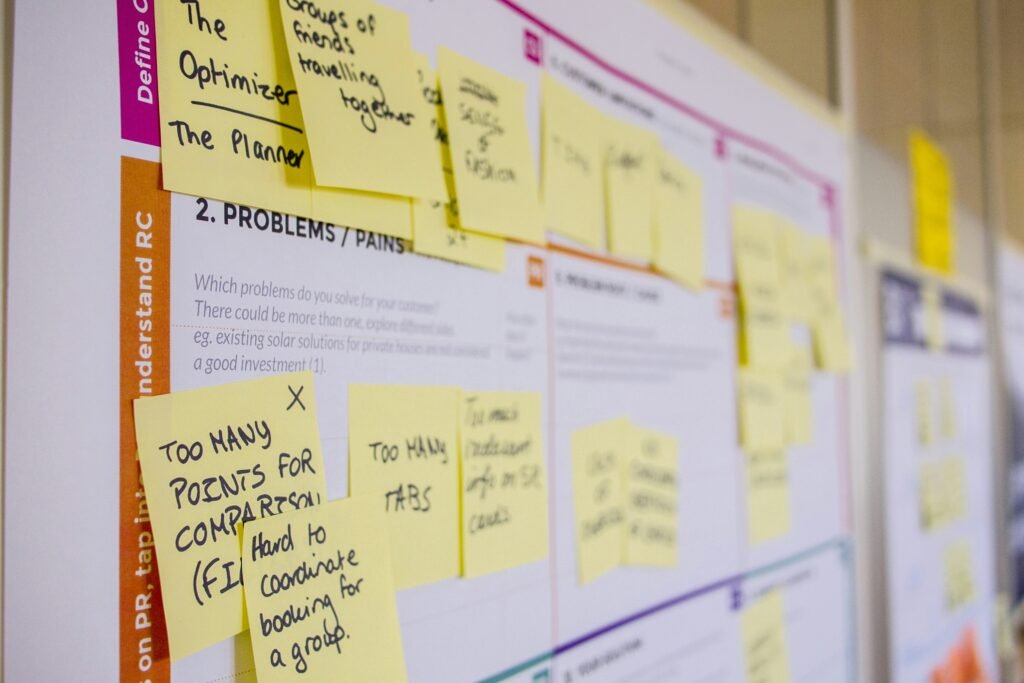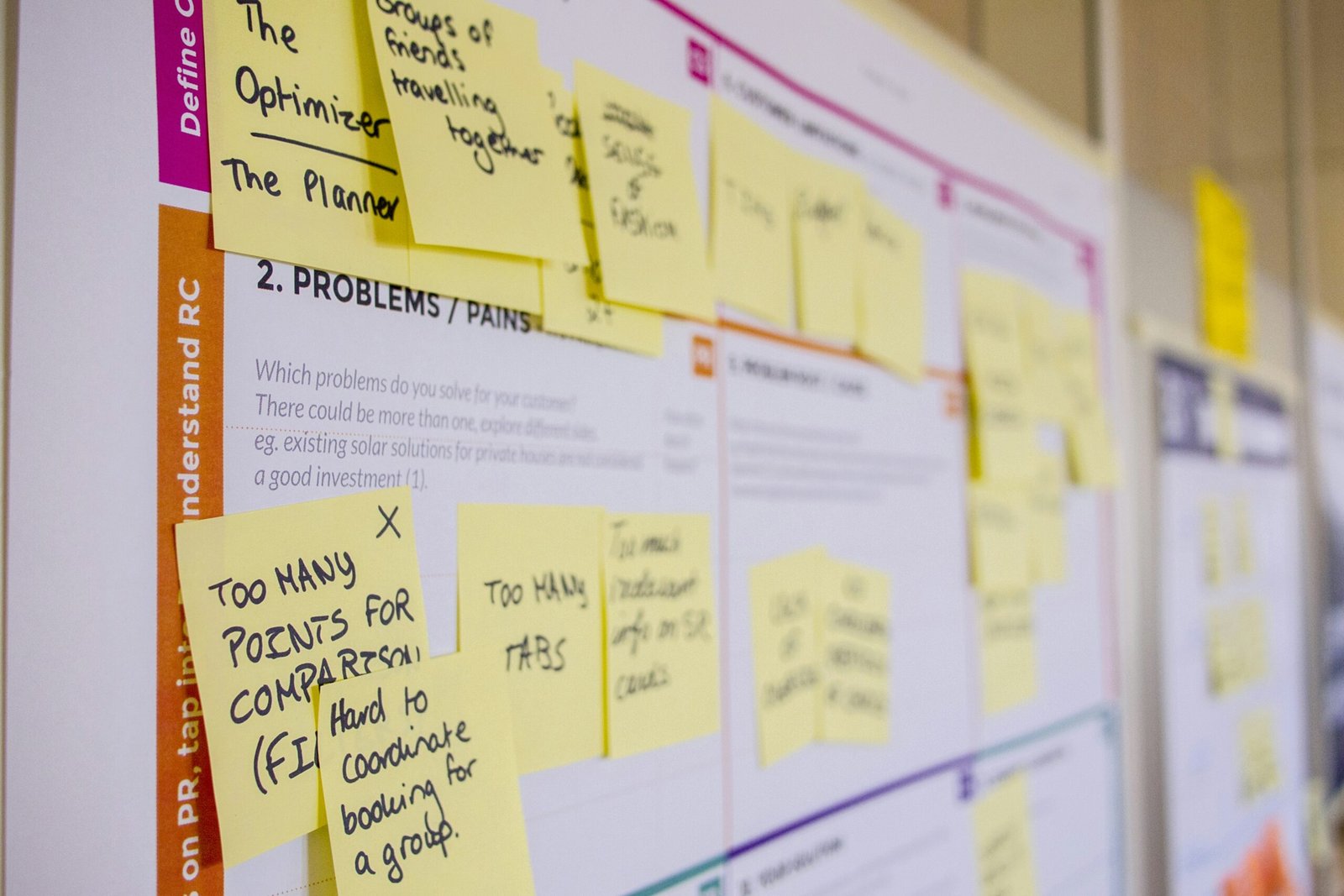Succession planning is a critical strategic process that ensures the continuity and sustainability of an organization by identifying and developing internal talent to fill key leadership positions. Effective succession planning mitigates risks associated with leadership transitions, retains valuable knowledge within the organization, and promotes employee development and engagement. Human Resources (HR) plays a pivotal role in this process, orchestrating the identification, development, and retention of potential leaders.

Understanding Succession Planning
Succession planning involves a systematic approach to identifying and developing future leaders within an organization to ensure a seamless transition when key positions become vacant. According to Rothwell (2010), succession planning is “a deliberate and systematic effort by an organization to ensure leadership continuity in key positions, retain and develop intellectual and knowledge capital for the future, and encourage individual advancement.”
The Importance of Succession Planning
Effective succession planning is crucial for several reasons:
- Leadership Continuity: Ensures that the organization is not left vulnerable during leadership transitions.
- Knowledge Retention: Preserves valuable organizational knowledge and expertise.
- Employee Development: Promotes career growth and development, enhancing employee satisfaction and retention.
- Strategic Alignment: Aligns leadership development with the organization’s long-term strategic goals.
The Role of HR in Succession Planning
HR is integral to the succession planning process, providing the expertise, tools, and frameworks necessary to identify, develop, and retain potential leaders. Here are key roles HR plays in succession planning:
- Identifying Key Positions and Competencies
HR collaborates with senior management to identify key positions that are critical to the organization’s success. This involves defining the competencies, skills, and experiences required for these roles.
- Job Analysis: Conduct thorough job analyses to identify the essential competencies and responsibilities associated with key positions.
- Competency Frameworks: Develop competency frameworks that outline the skills, knowledge, and behaviors required for success in leadership roles (CIPD, 2021).
- Talent Identification and Assessment
HR is responsible for identifying high-potential employees who have the capability and aspiration to fill key roles in the future. This involves assessing current performance and potential for future growth.
- Performance Appraisals: Use performance appraisals to evaluate employees’ current capabilities and achievements.
- Potential Assessments: Implement assessment tools and methods to gauge employees’ potential for future leadership roles (Groves, 2007).
- Development Programs and Leadership Training
HR designs and implements development programs to prepare identified high-potential employees for future leadership roles. These programs may include formal training, mentoring, coaching, and on-the-job learning opportunities.
- Leadership Development Programs: Create structured programs that provide targeted leadership training and development.
- Mentoring and Coaching: Establish mentoring and coaching relationships to support ongoing development and skill enhancement (Allen & Eby, 2007).
- Succession Planning Frameworks and Tools
HR develops and maintains succession planning frameworks and tools that facilitate the identification, development, and tracking of potential leaders.
- Talent Review Meetings: Conduct regular talent review meetings to discuss and update succession plans.
- Succession Planning Software: Utilize software solutions to streamline the succession planning process and track progress (CIPD, 2021).
- Employee Engagement and Retention
Succession planning is closely linked to employee engagement and retention. HR ensures that high-potential employees are engaged and motivated to stay with the organization.
- Career Pathways: Provide clear career pathways and opportunities for advancement to retain top talent.
- Recognition and Rewards: Implement recognition and rewards programs to acknowledge and reward high-potential employees’ contributions (Garman & Glawe, 2004).
- Diversity and Inclusion
HR plays a critical role in ensuring that succession planning processes are inclusive and promote diversity. This involves identifying and developing a diverse pool of talent for future leadership roles.
- Inclusive Talent Identification: Ensure that talent identification processes are free from bias and include diverse candidates.
- Diversity Training: Provide diversity and inclusion training to promote an inclusive culture within the organization (CIPD, 2021).
- Monitoring and Evaluation
HR continuously monitors and evaluates the effectiveness of succession planning efforts. This involves tracking the progress of development programs, assessing the readiness of potential leaders, and making adjustments as needed.
- Metrics and KPIs: Establish metrics and key performance indicators (KPIs) to measure the success of succession planning initiatives.
- Feedback Mechanisms: Implement feedback mechanisms to gather input from participants and stakeholders and make data-driven improvements (Rothwell, 2010).
Best Practices in Succession Planning
Implementing effective succession planning requires adherence to best practices that ensure the process is systematic, transparent, and aligned with organizational goals. Here are some best practices for HR in succession planning:
- Alignment with Strategic Goals
Ensure that succession planning is aligned with the organization’s strategic goals and long-term vision. This alignment ensures that future leaders are prepared to drive the organization forward.
- Transparent Communication
Maintain transparent communication with employees about succession planning processes and opportunities. Transparency builds trust and encourages employees to engage in their development actively.
- Regular Updates and Reviews
Regularly update and review succession plans to ensure they remain relevant and reflect changes in the organization’s structure, strategy, and talent pool.
- Continuous Development
Encourage continuous development and learning for all employees, not just those identified as high-potential. A culture of continuous learning supports overall organizational growth.
- Executive Support
Gain support from senior leadership for succession planning initiatives. Executive buy-in is crucial for the success and sustainability of succession planning efforts.
Academic Perspectives on Succession Planning
Academic research provides valuable insights into effective succession planning practices. Here are some key findings from the literature:
- Talent Pools: Groves (2007) emphasizes the importance of creating talent pools rather than focusing on individual successors. This approach provides flexibility and ensures a broader range of potential leaders.
- Developmental Relationships: Allen and Eby (2007) highlight the role of developmental relationships, such as mentoring and coaching, in preparing future leaders. These relationships provide personalized support and guidance.
- Competency-Based Planning: Rothwell (2010) advocates for competency-based succession planning, which focuses on the skills and behaviors required for leadership success. This approach ensures that development efforts are targeted and relevant.
Insights from CIPD
The Chartered Institute of Personnel and Development (CIPD) offers practical guidance and insights into effective succession planning. Key recommendations from CIPD include:
- Strategic Integration: Integrate succession planning with broader talent management and organizational strategies to ensure alignment and coherence.
- Inclusive Approach: Promote an inclusive approach to succession planning that considers diversity and aims to develop a diverse talent pipeline.
- Data-Driven Decisions: Use data and analytics to inform succession planning decisions and track the effectiveness of initiatives (CIPD, 2021).
Conclusion
Succession planning is a critical strategic process that ensures the continuity and sustainability of an organization by preparing future leaders. HR plays a vital role in this process, from identifying key positions and competencies to developing and retaining high-potential employees. By following best practices, leveraging academic insights, and adhering to CIPD recommendations, HR can create a robust succession planning framework that supports the organization’s long-term success.
Effective succession planning not only mitigates the risks associated with leadership transitions but also fosters a culture of continuous learning and development. By investing in the growth and development of employees, organizations can build a strong leadership pipeline that drives innovation, performance, and competitive advantage.
References
- Allen, T. D., & Eby, L. T. (2007). The Blackwell Handbook of Mentoring: A Multiple Perspectives Approach. Blackwell Publishing.
- CIPD. (2021). Succession Planning. Retrieved from CIPD
- Garman, A. N., & Glawe, J. (2004). Succession planning. Consulting Psychology Journal: Practice and Research, 56(2), 119-128.
- Groves, K. S. (2007). Integrating leadership development and succession planning best practices. Journal of Management Development, 26(3), 239-260.
- Rothwell, W. J. (2010). Effective Succession Planning: Ensuring Leadership Continuity and Building Talent from Within. AMACOM.





